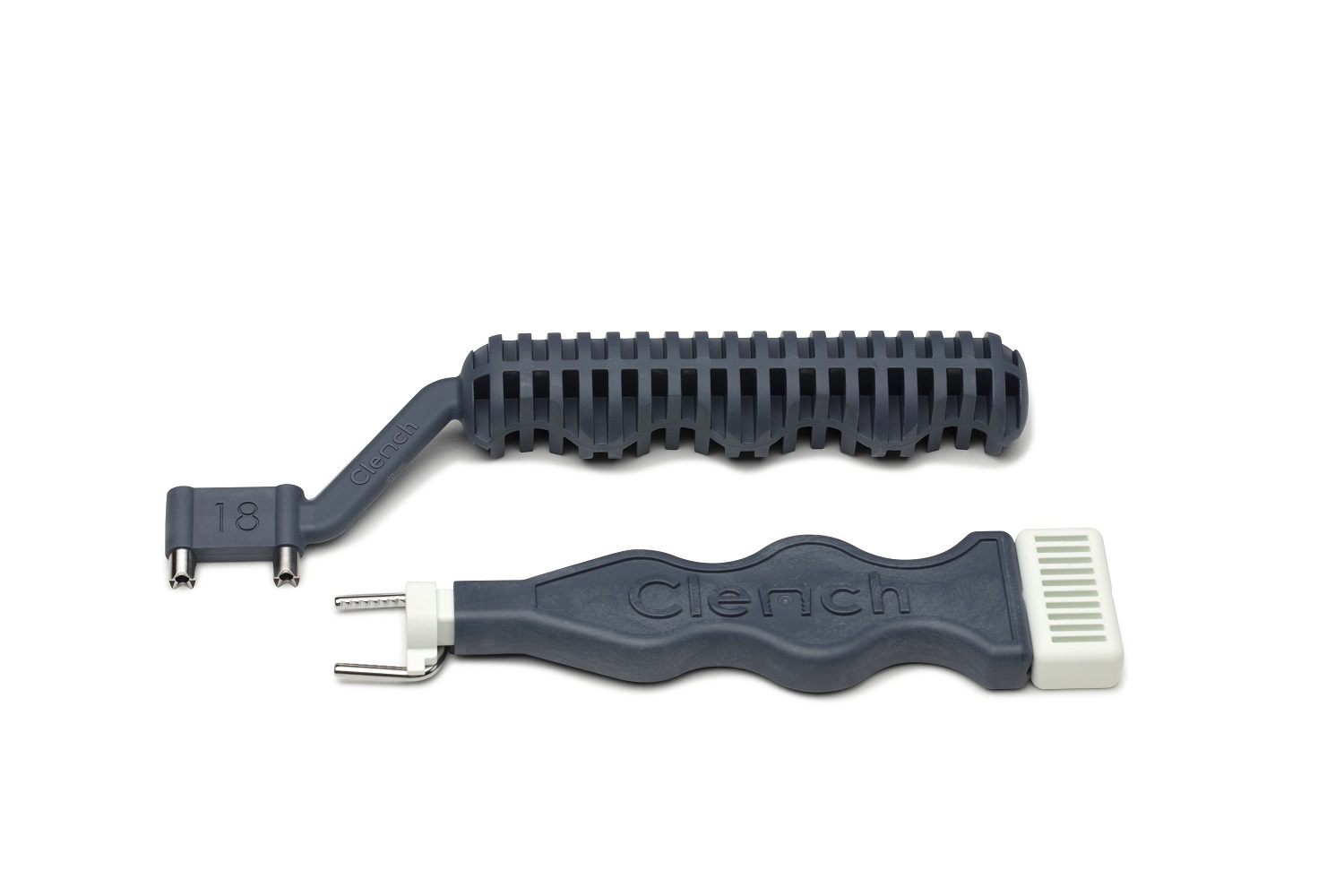
Solvay says that its Ixef polyarylamide (PARA) resin was used in the development of a compression staple system, a single-use bone staple kit for orthopedic procedures targeting the hand and foot.
The kit comprises a disposable sterile surgical tool set for fixating hand and foot bone fragments, osteotomy fixation and joint arthrodesis. It makes use of Solvay’s Ixef GS-1022 PARA, 50% glass fiber-reinforced grade, for several components: the implant sizer, the drill guide and each part of the implant delivery instrument, including its handle, the saddle on which the staple sits, and the threaded compressor that forces the staples fully open.
The mechanical strain on these components requires them to be molded from a very high-stiffness material. Solvay says that the grade used offers metal-like strength, rigidity and dimensional stability and is suitable for sterilization using high-energy gamma radiation. The material has been evaluated for ISO 10993 limited duration biocompatibility and is supported by an FDA Master Access File.
More robust
‘Our impetus for this kit was to develop a more robust, single-use bone fixation system than currently available,’ said Daniel Lanois, the development engineer for the system at Reign Medical. ‘Many competitive solutions use lower performing plastics that do not reliably withstand the force required to hold Nitinol staples open, causing the staples to disengage prematurely. After briefly considering polycarbonate and ABS blends, we chose Ixef PARA primarily for its outstanding stiffness, which enabled even the smaller components of the delivery tool to reliably withstand the compression of the staples as well as the torsional, tamping and axial loads applied during fixation procedures.’
This story uses material from Solvay,with editorial changes made by Materials Today. The views expressed in this article do not necessarily represent those of Elsevier.




